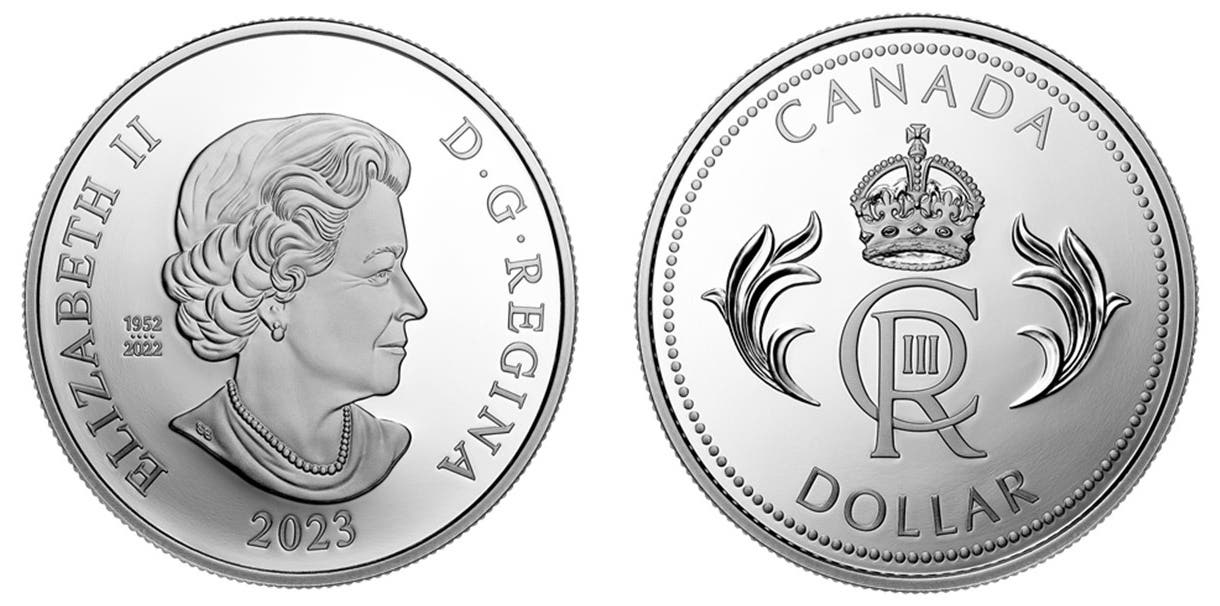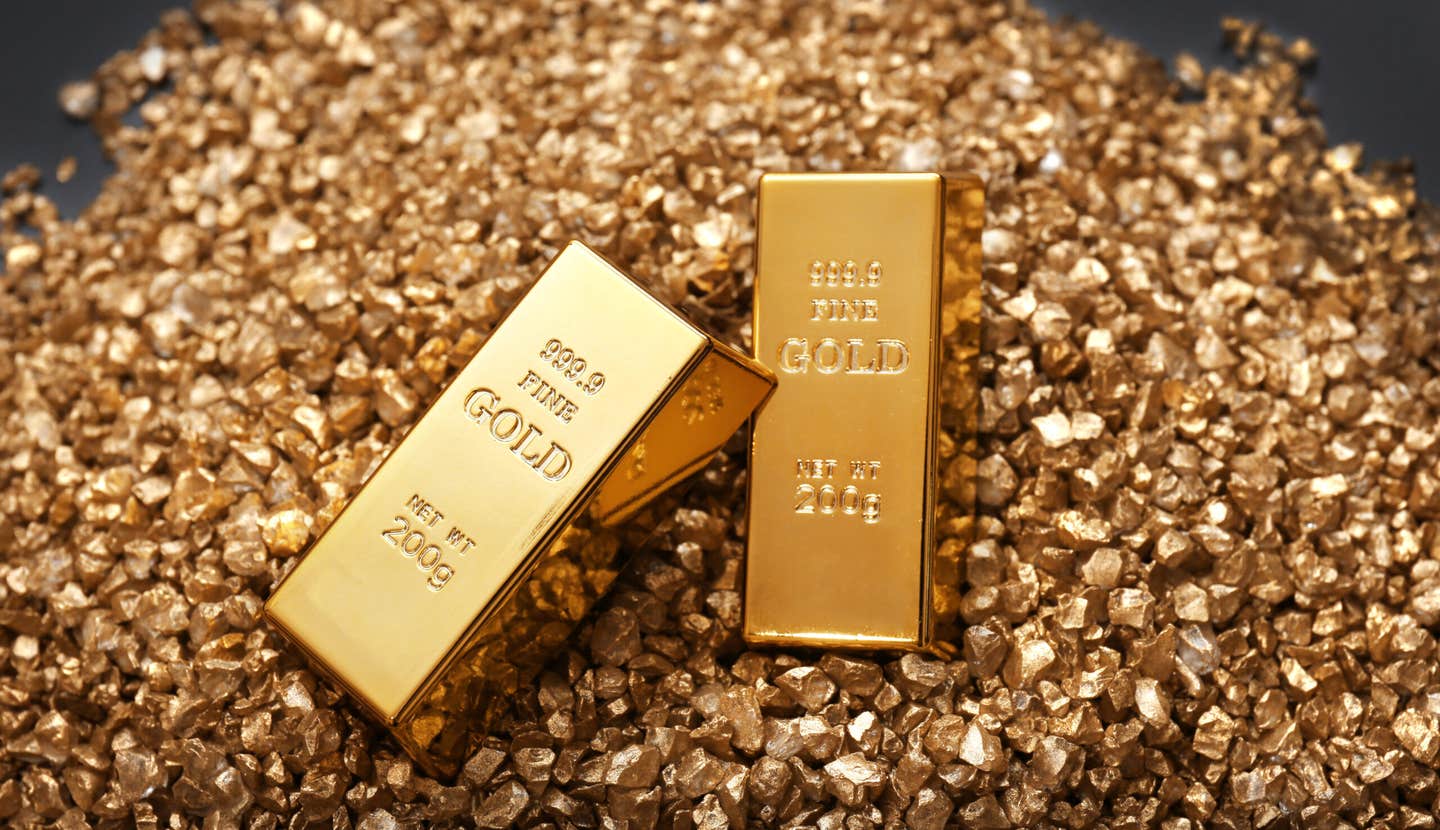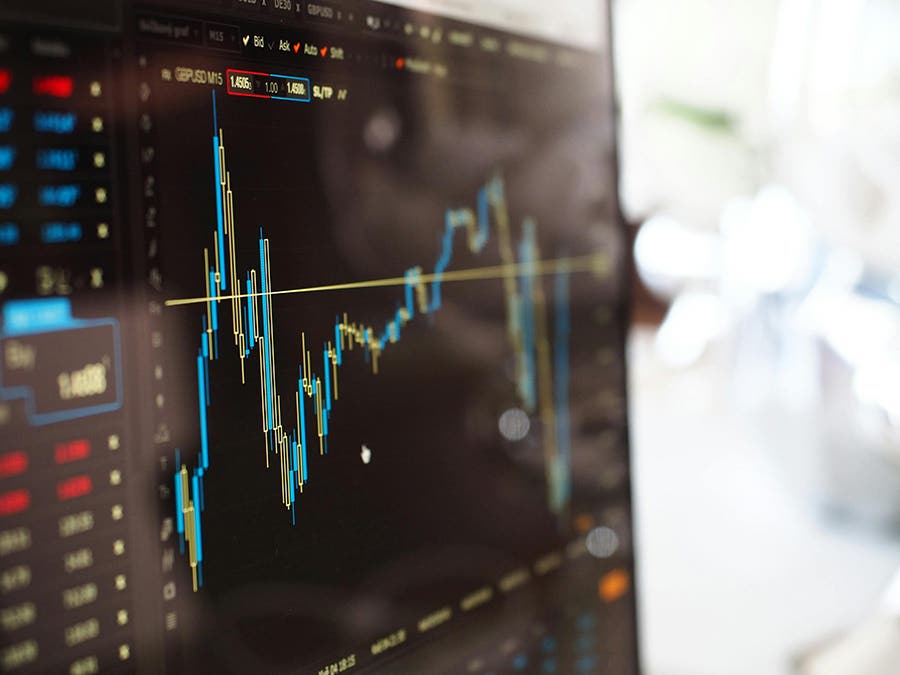Times are Changing in Mexico
Mexico’s 20-peso coins are slowly replacing bank notes of the same denomination in circulation.
Should you be traveling in Mexico, you might recognize that something regarding the money in your pocket has changed. Mexico may have introduced its latest version of the 20-peso coin in 2019, but the government is now pushing much harder to encourage circulating the coin rather than the bank note of the same denomination.
Should you travel to Mexico, be prepared to hear ¿No tiene cambio? frequently. This is the Spanish phrase that translates to “Haven’t you got change?”
The question may appear to be odd, considering that Mexico is a primarily cash-driven economy. There are more than 14 billion coins in circulation. There are about 150 bank notes and coins in circulation for every inhabitant. Bankers have estimated that nearly 90 percent of debit card transactions involve withdrawing cash from Automatic Teller Machines. Once you have cash in your pocket, the challenge is to get enough small denominations to make them convenient to use and receive change. Large-denomination bank notes are not always welcome as merchants tend to hoard their smaller coin and bank note denominations.
ATM withdrawals are a gamble. You never know if your withdrawal will be received in high or low-denomination bank notes. You can’t request certain denominations. No one is pleased if their 1,000-peso withdrawal is received as two 500-peso bank notes rather than in more consumer-friendly 20-, 50-, 100-, or 200-peso values. Local merchants rely primarily on customers to supply them with small change coins and bank notes rather than get these denominations from banks.
Banking transactions are notoriously slow and inconvenient. According to a January 28 posting to TripAdvisor.com, “You can go inside most banks and ask to change some of the 500-[peso] bills, although I find that many banks will limit you to exchanging 3,000 pesos worth of bills.”
Since the 20-peso value, worth about $1.10 U.S., is the workhorse of the economy, the bank notes of this value are being gradually withdrawn in favor of the 20-peso coin first introduced in 2019. There has been confusion over the 20-peso bank note since, in 2021, a circulating commemorative note joined the traditional blue-color note on which a vignette of Benito Juárez appears. Although the bank notes are made of polymer, they seem to wear sufficiently quickly to encourage the use of a coin instead. People appear to be increasingly collecting rather than using them. The vignette of former Mexican president and statesman Juárez has recently been moved to the 500-peso bank note.
Mexico’s current coinage system, the Nuevo peso, was introduced in 1992. Technically, the current coinage consists of 50 centavos, 1, 2, 5, 10, and 20 pesos. The lowest denominations are seldom used due to their low purchasing value.
The current 20-peso coin is a ringed bimetal issue consisting of an aluminum-bronze ring and a copper-nickel-zinc center. The 2000-dated issue features the Xiuhtecuhti “new fire” Aztec ceremony on the reverse. The denomination was not produced again until the issue dated 2021.
The 2021 coins feature three different reverses. The first reverse features the Teocalli of the Sacred War and the moon Tenochtitlan eagle, marking the 700th anniversary of the lunar foundation of Tenochtitlan, modern Mexico City. The second reverse celebrates the 500th anniversary of the historical memory of Mexico by featuring the Mexico City Metropolitan Cathedral and Templo Mayor. The third profiles War of Independence leader Miquel Hidalgo, statesman and military leader Jose Maria Morelos, and leading general and later second president of Mexico Vincente Guerror on the bicentennial of Mexico’s independence.
The 2022-dated 20 peso placed into circulation in late 2023 is dodecagon or 12-sided. The reverse features two bald eagles facing each other above the latent image “200” in the exergue. The coin marks the 200th anniversary of diplomatic relations between Mexico and the United States.
All Mexican coins are produced at La Casa de Moneda de Mexico, the national mint of Mexico. The mint production facility is located in San Luis Potosi, while its headquarters are in Mexico City.
When the new coins first appeared, there was resistance to accepting them, but as the bank notes were being withdrawn, the gradual acceptance of the coins became widespread.
You may also like:








